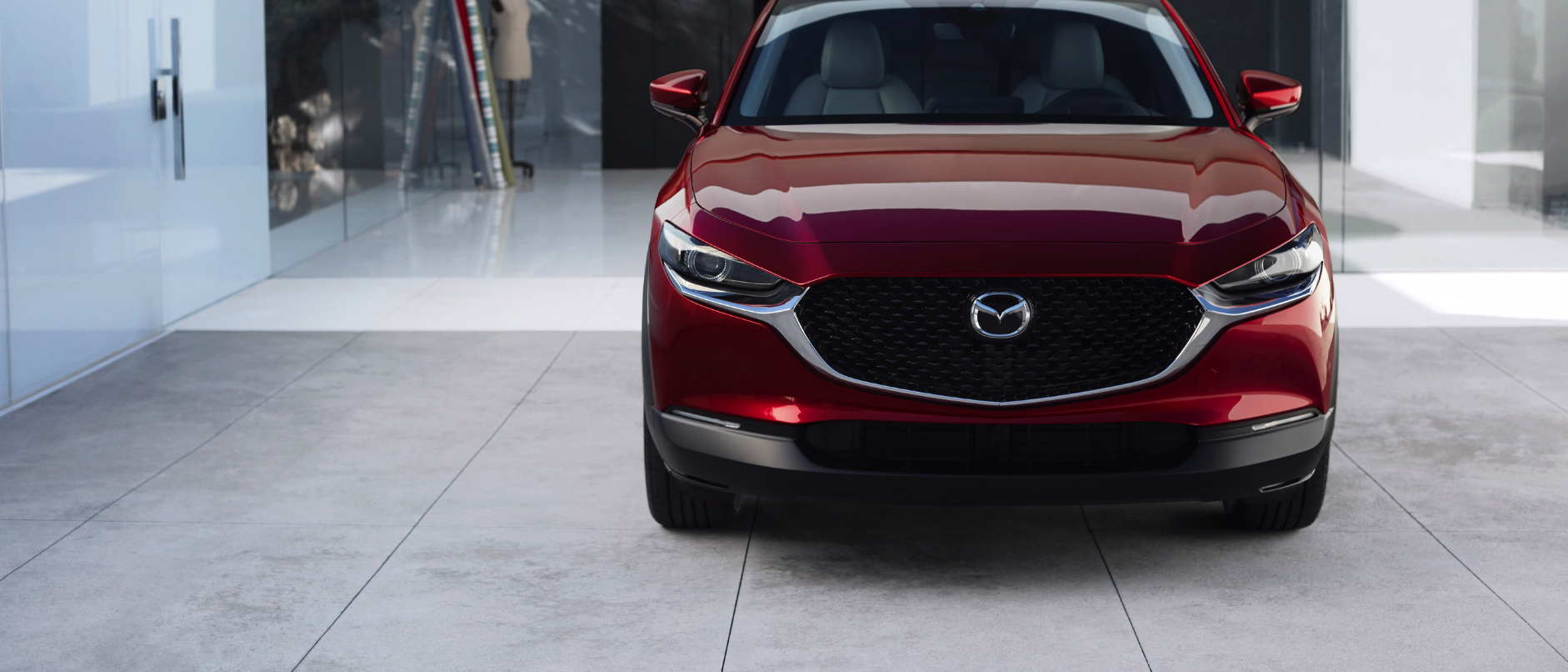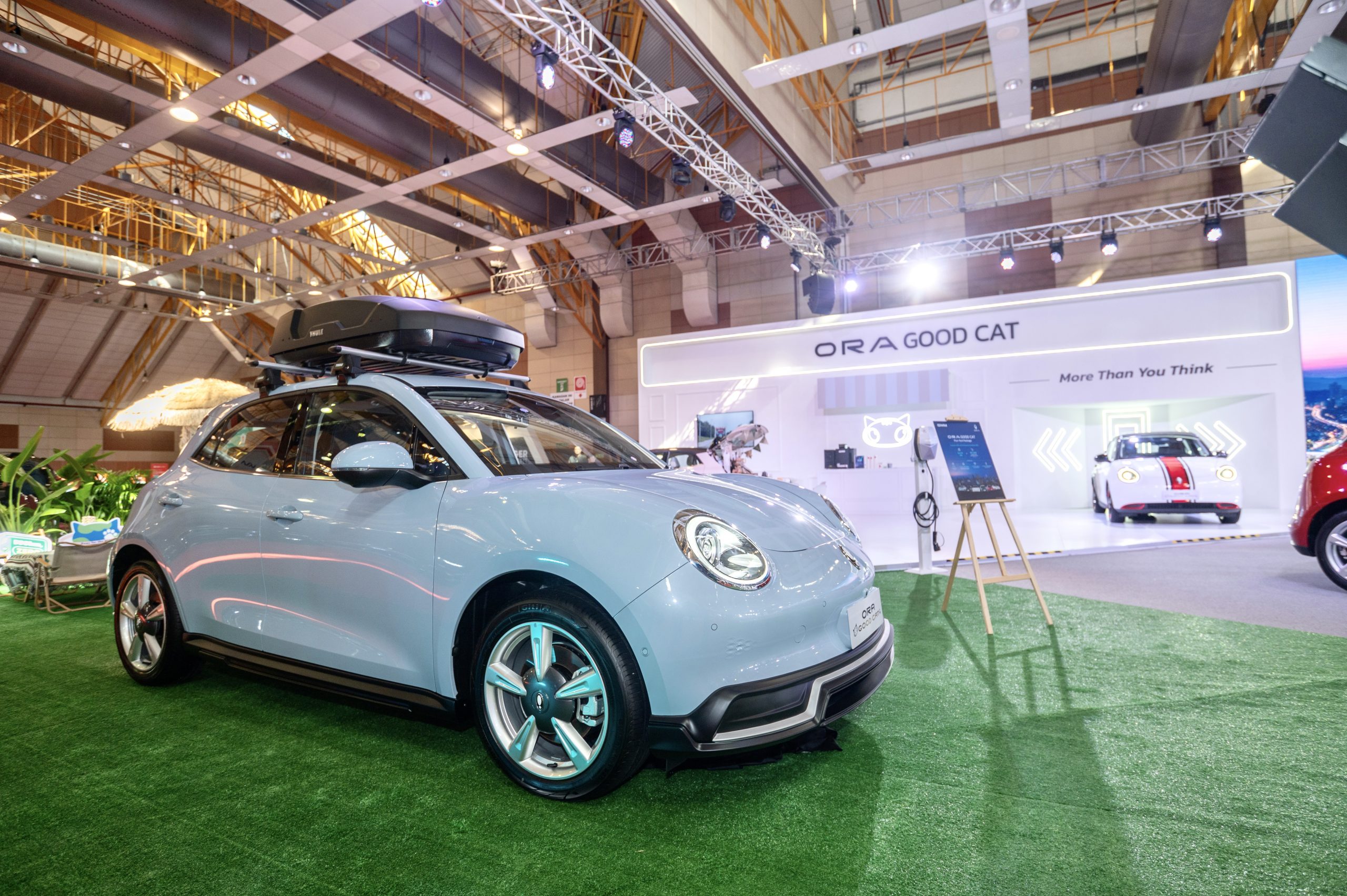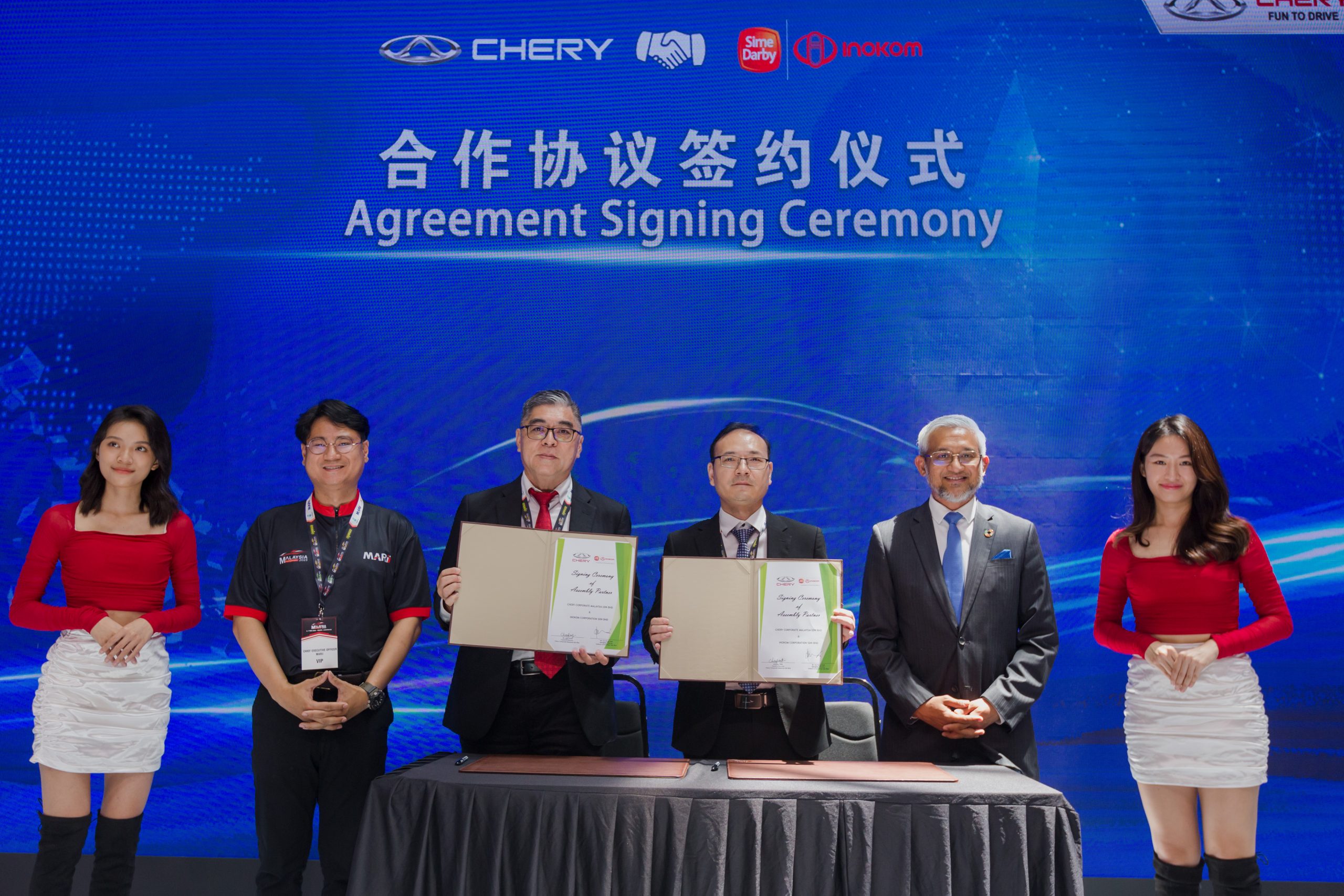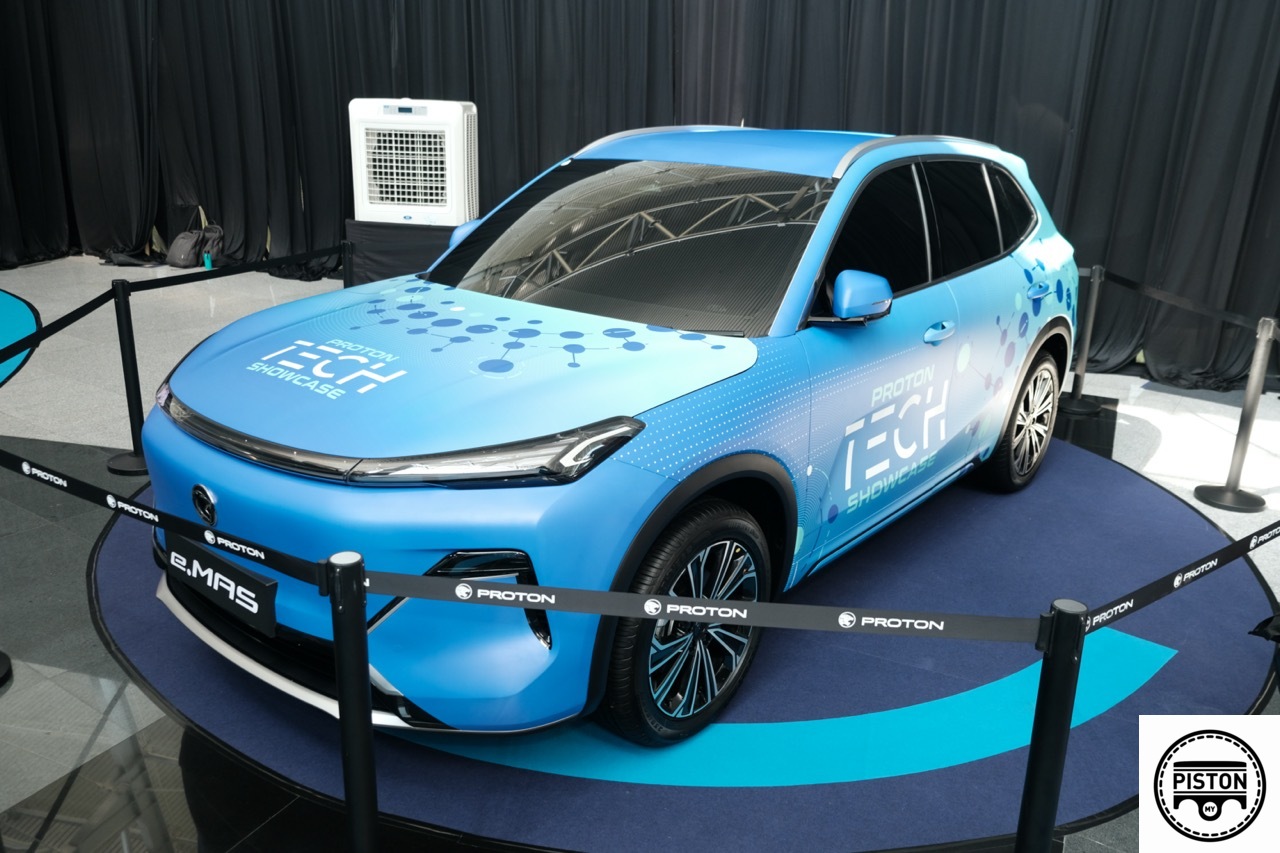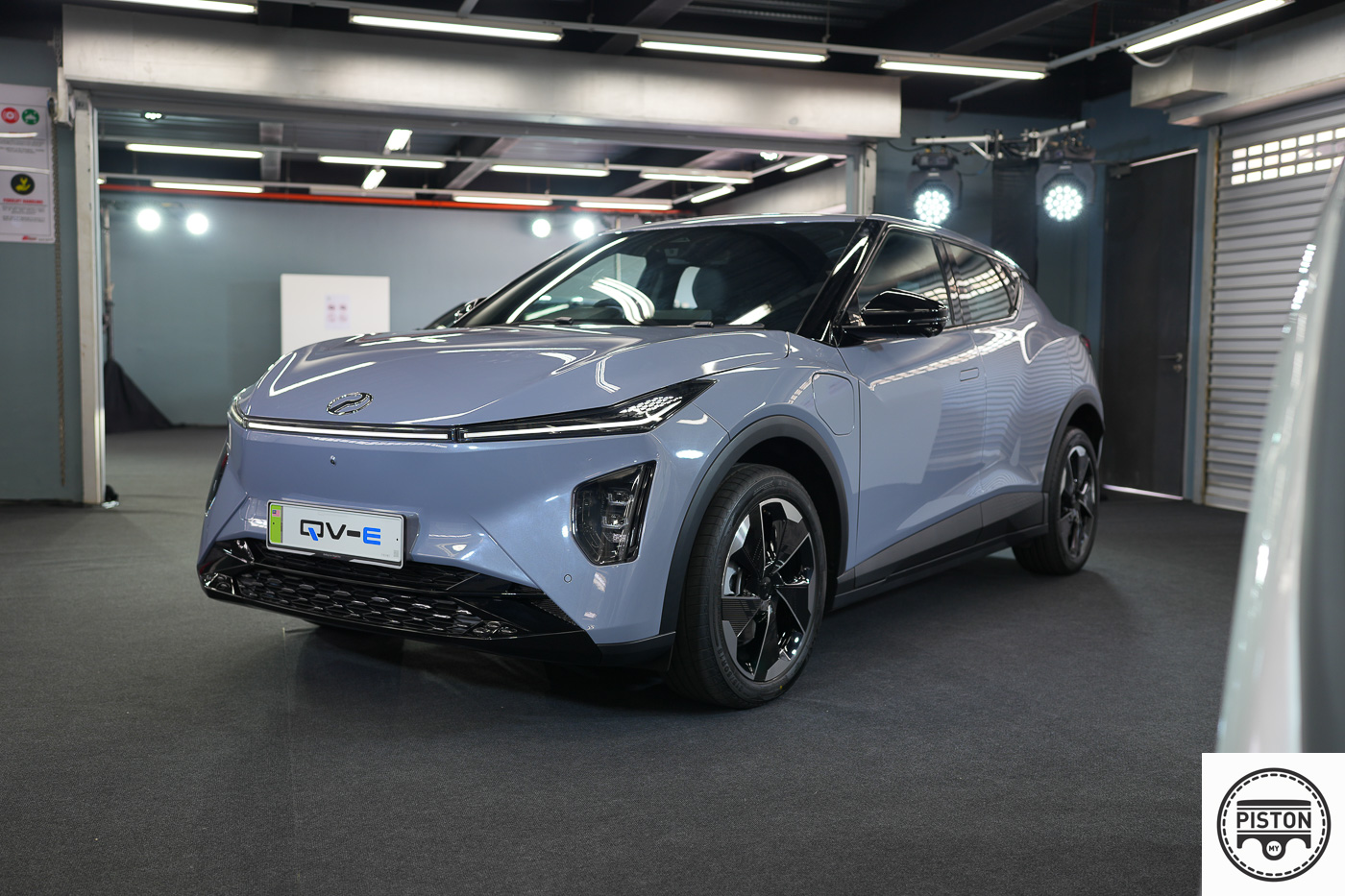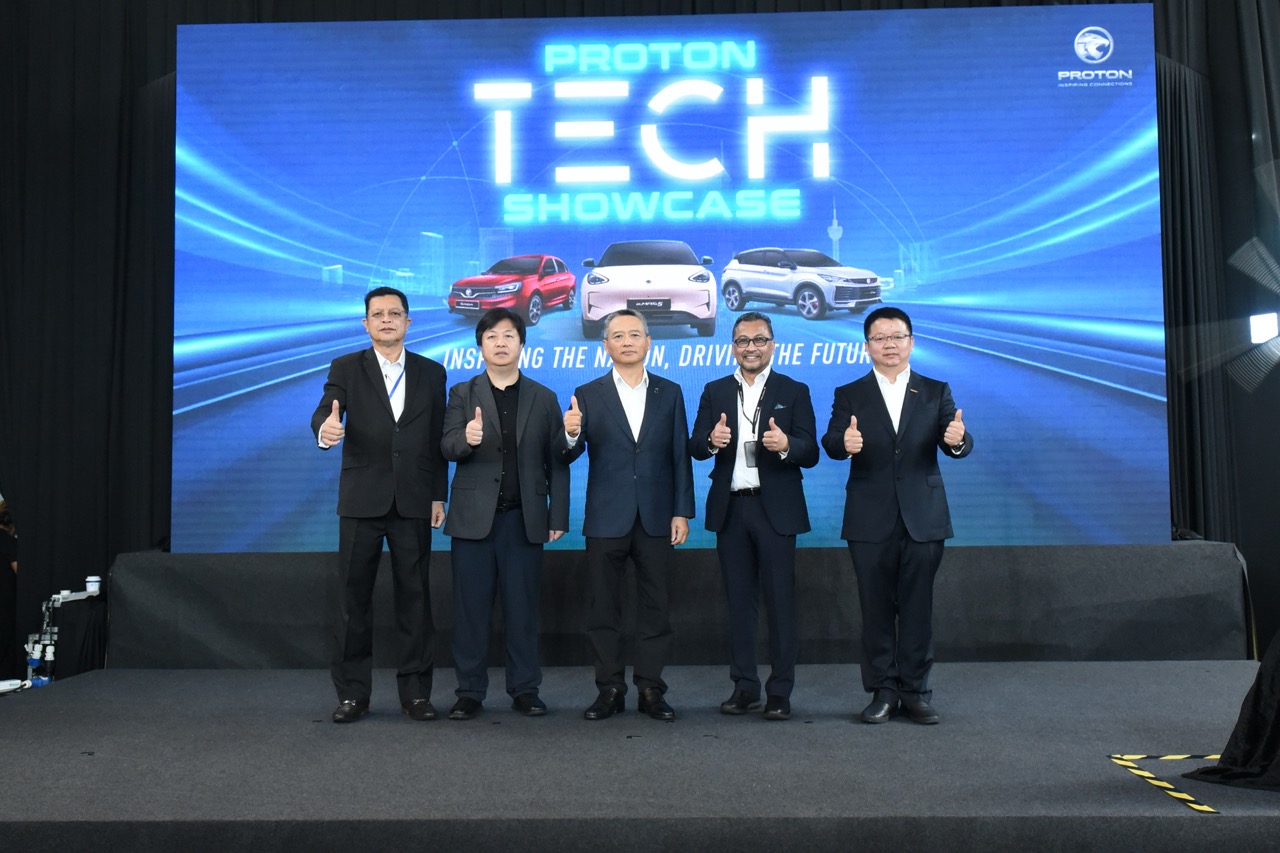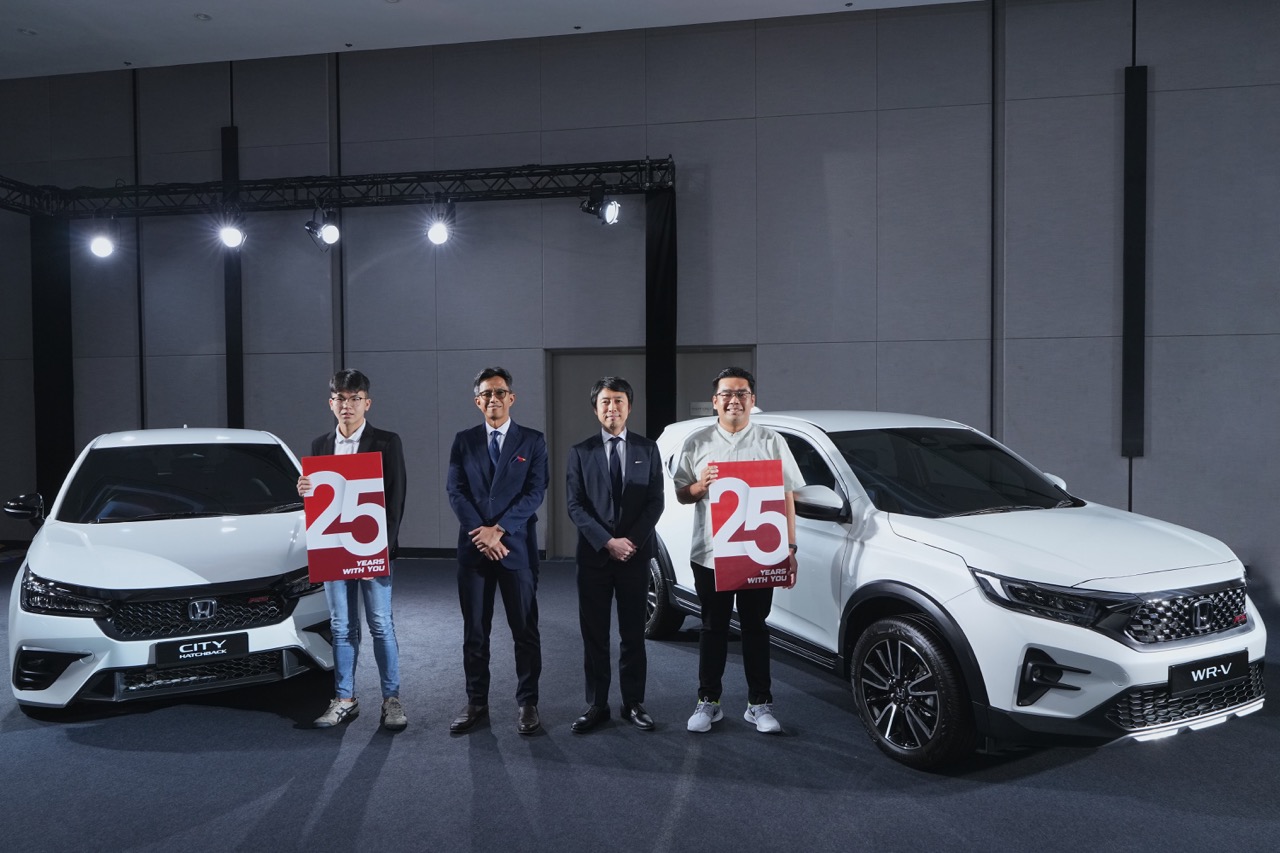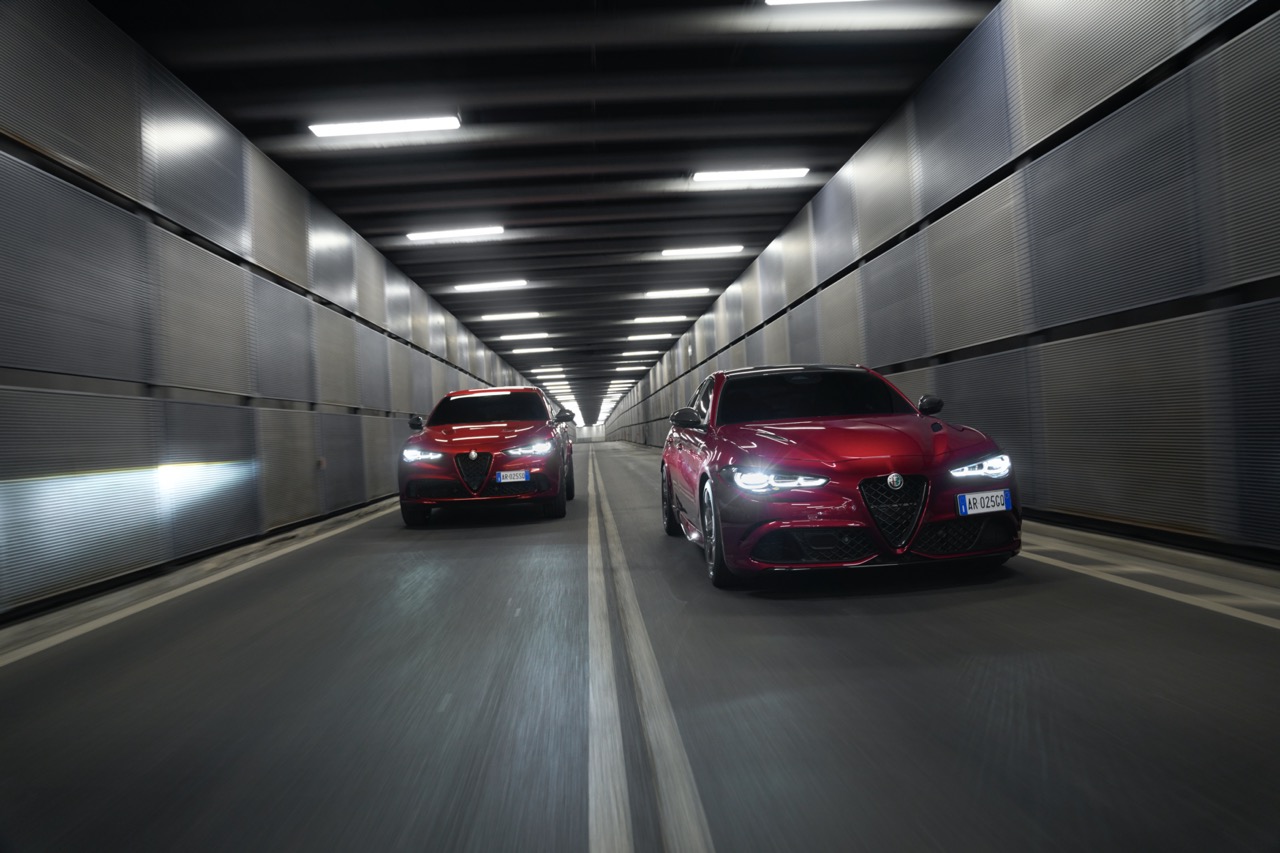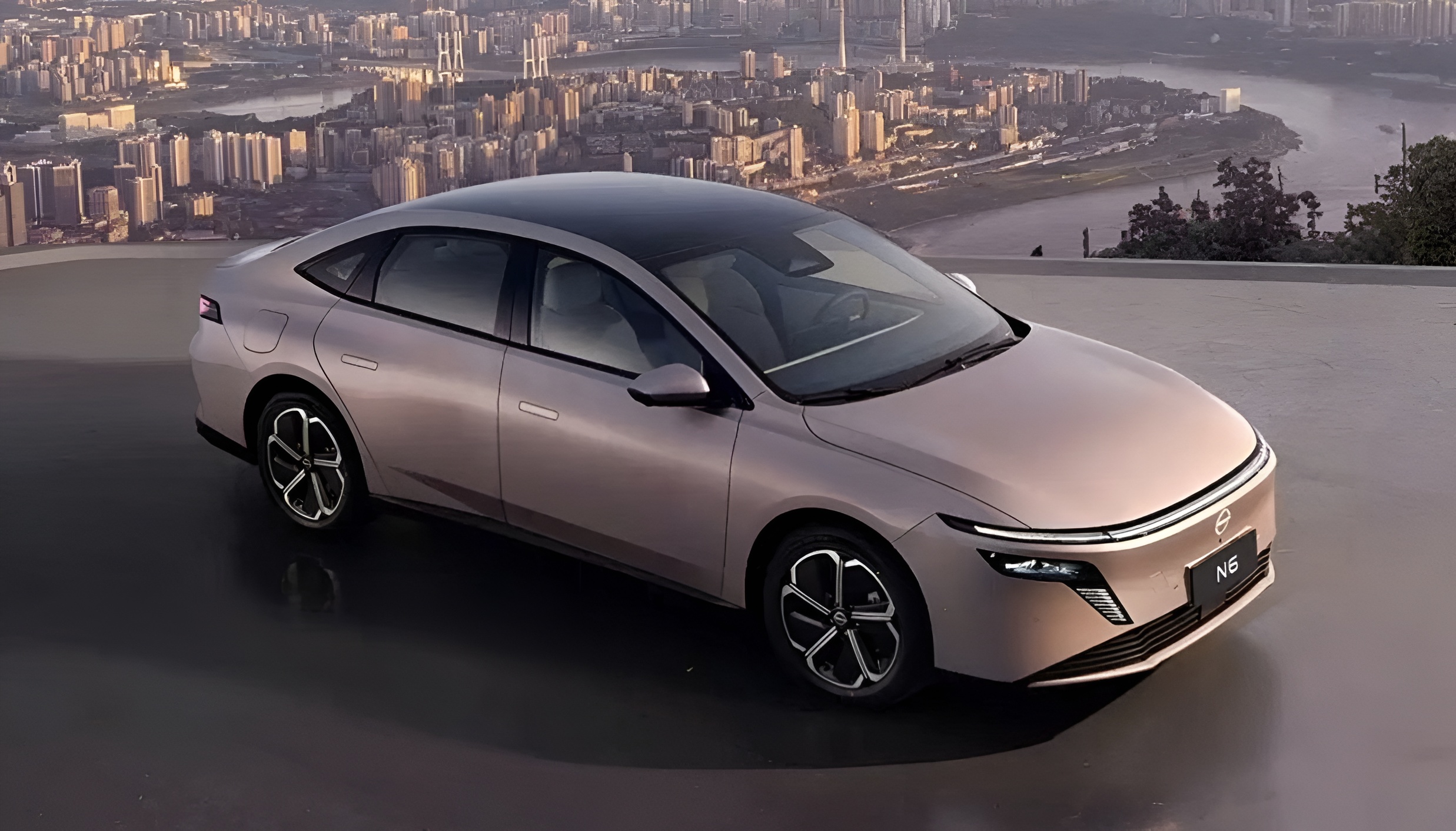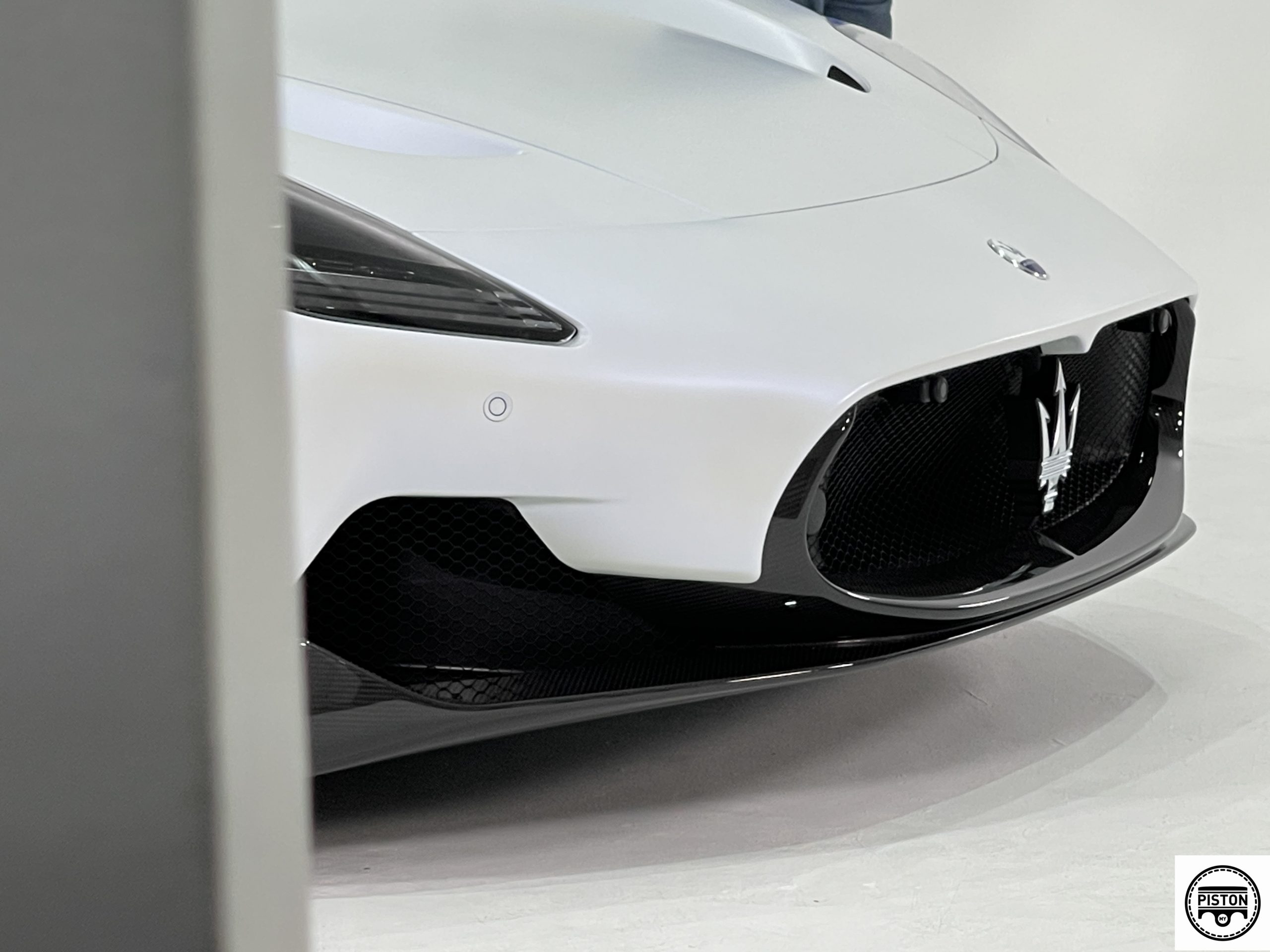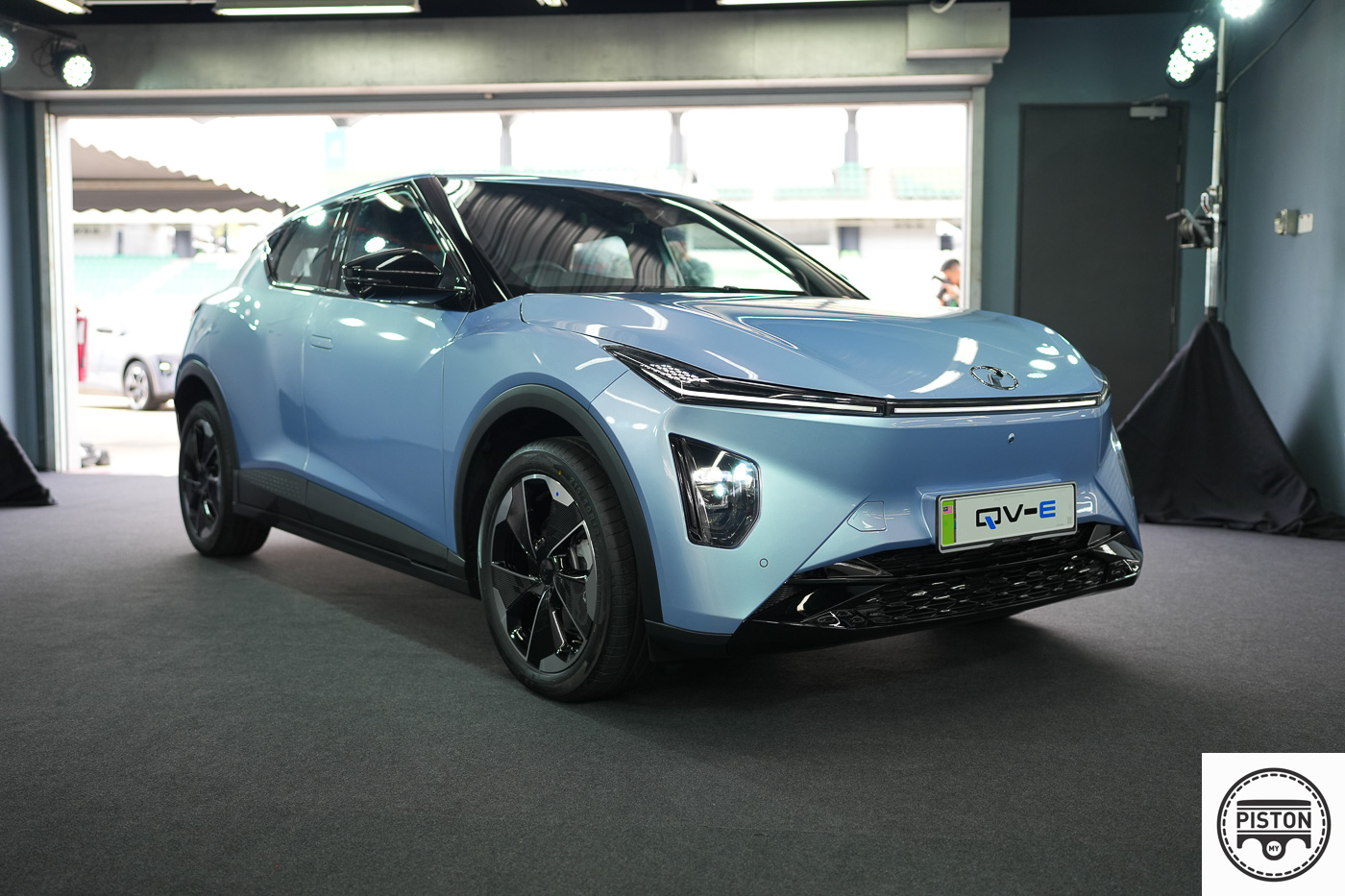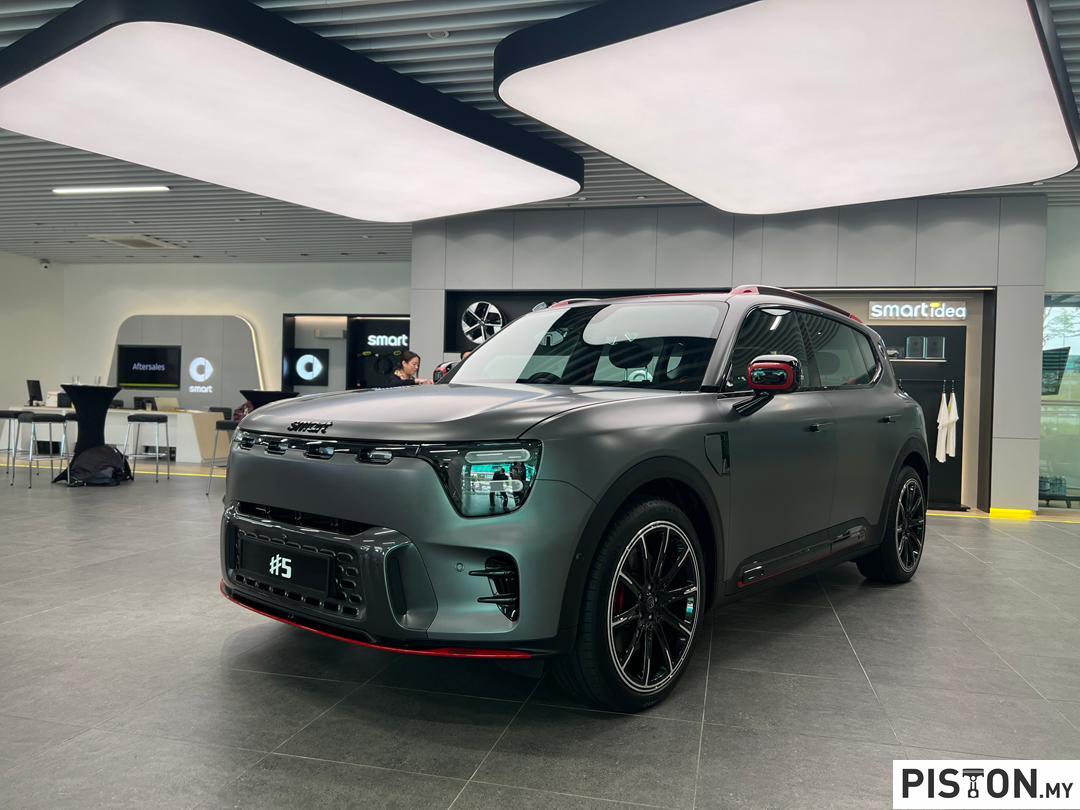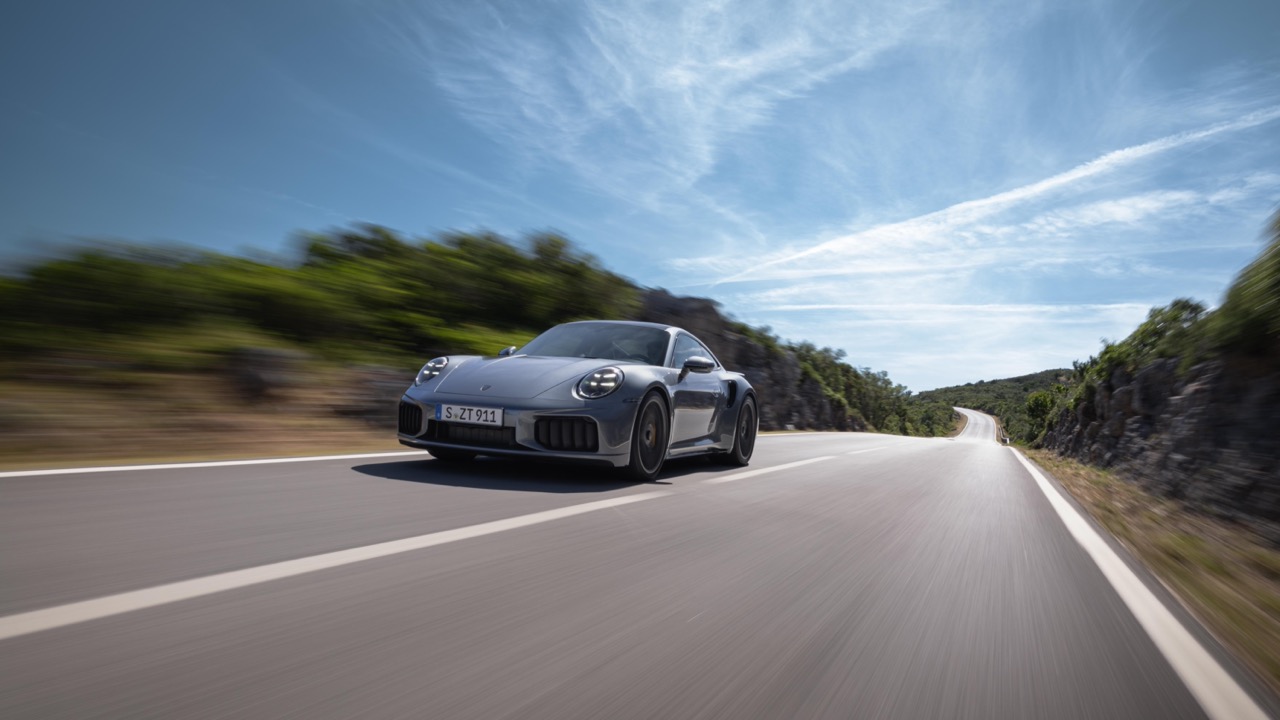Transport Minister Anthony Loke Siew Fook said the contract between MyEG Services Bhd and the Road Transport Department (JPJ) has been renewed by three years. However the agreement will no longer be exclusive, so other service providers may also be able to provide the services, which includes renewal of the road tax and driver’s licence as well as summons settlement.
The existing exclusive contract for a three-year extended period was awarded in 2020 and will expire on May 22.
(more…)


